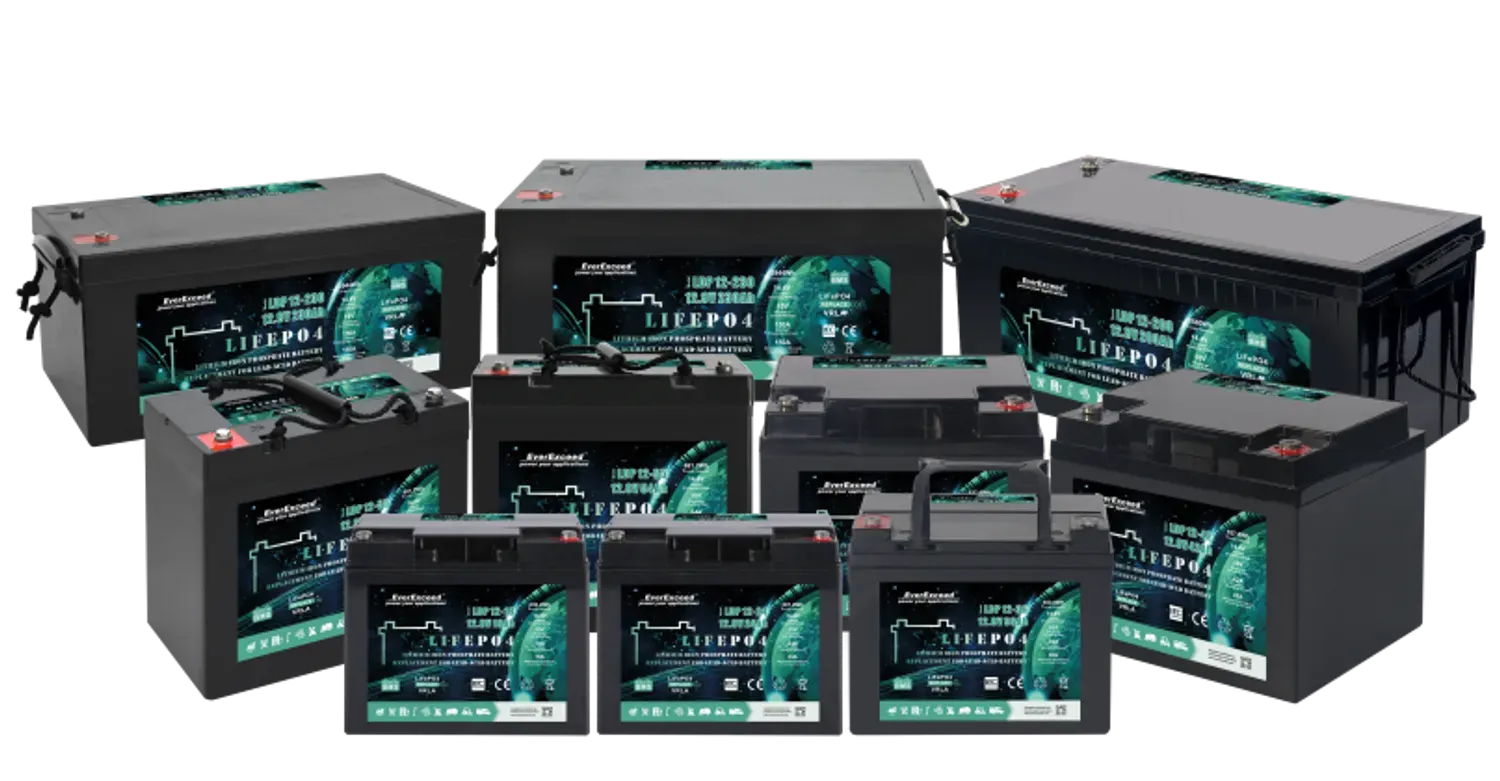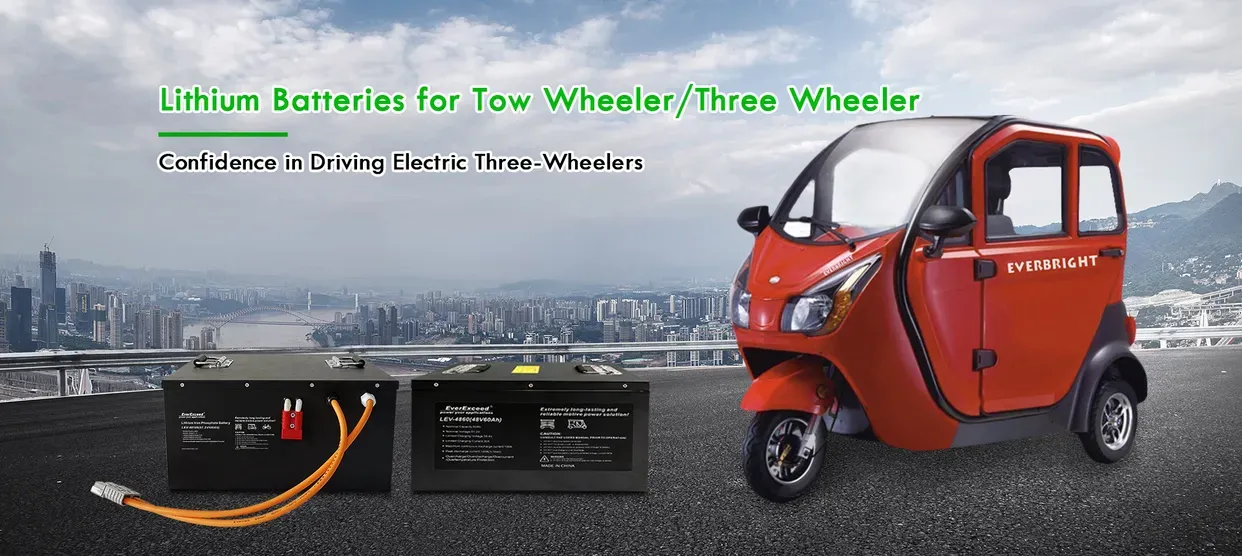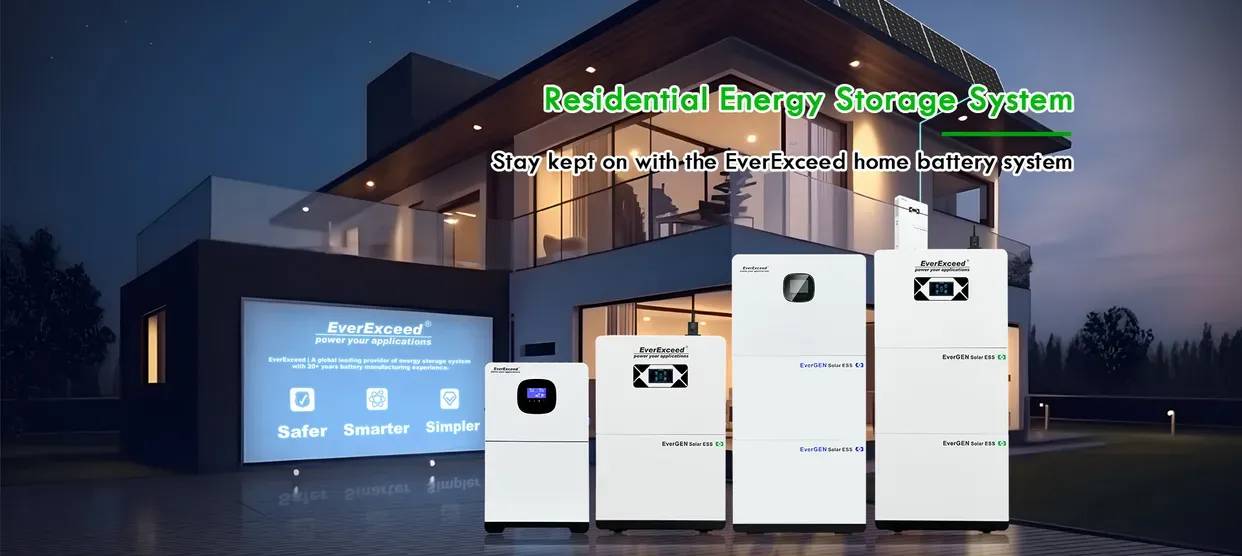
Get a Quote
LFP vs NCM Batteries: The Ultimate Showdown in Energy Storage Technology
Imagine a world where your smartphone never dies, electric cars can drive for days without recharging, and renewable energy powers our homes 24/7. Sounds like a dream, right? Well, we're not quite there yet, but the rapid advancements in battery technology are bringing us closer to this reality every day. At the forefront of this revolution are two titans of the battery world: Lithium Iron Phosphate (LFP) and Nickel Cobalt Manganese (NCM) batteries.
As we dive into this electrifying topic, we'll explore the ins and outs of these powerhouse technologies, comparing their strengths, weaknesses, and real-world applications. By the end of this journey, you'll be equipped with the knowledge to make an informed decision on which battery chemistry reigns supreme for your specific needs. So, buckle up and get ready for the ultimate showdown in energy storage technology!
What is LFP?
LFP, or Lithium Iron Phosphate, is like the steady, reliable friend in your group. It might not be the life of the party, but it's always there when you need it. LFP batteries use a cathode made of lithium iron phosphate, which gives them their unique characteristics.
Pros of LFP Batteries
Safety First: If LFP batteries were a superhero, their catchphrase would be "Safety is my middle name!" These batteries are incredibly stable and have a much lower risk of thermal runaway (fancy talk for "catching fire") compared to other lithium-ion batteries.
Long Lifespan: LFP batteries have an impressive lifespan, often lasting for thousands of charge cycles. They're the Energizer Bunny of the battery world – they just keep going and going.
Eco-Friendly: With no cobalt or nickel in their composition, LFP batteries are like the vegans of the battery world – kinder to the environment and easier to recycle.
Cost-Effective: Over time, LFP batteries can be more economical due to their long lifespan and lower material costs.
Cons of LFP Batteries
Less Energy Dense: LFP batteries are like economy class on an airplane – they get you where you need to go, but you might need more space to do it. They have a lower energy density compared to NCM batteries.
Temperature Sensitivity: LFP batteries aren't big fans of cold weather. Their performance can drop significantly in low temperatures, like your motivation to go to the gym in winter.
Voltage Sag: As LFP batteries discharge, their voltage drops more quickly than other lithium-ion batteries, which can be an issue for some applications.
What is NCM?
NCM stands for Nickel Cobalt Manganese, and these batteries are like the overachieving classmate who excels at everything. They use a cathode made of a combination of nickel, cobalt, and manganese, which gives them some impressive capabilities.
Pros of NCM Batteries
Energy Powerhouse: NCM batteries are like a compact nuclear reactor (minus the radiation, of course). They pack a lot of energy into a small space, making them ideal for applications where size and weight matter.
Versatile Performer: These batteries maintain good performance across a wide range of temperatures. They're like that friend who's comfortable in any social situation.
High Power Output: NCM batteries can deliver high power when needed, making them great for applications that require quick bursts of energy.
Mature Technology: NCM batteries have been around the block a few times, which means they benefit from years of research and optimization.
Cons of NCM Batteries
Safety Concerns: NCM batteries are a bit like a temperamental rock star – amazing performance, but with a tendency to throw tantrums (in the form of thermal runaway) if not managed properly.
Shorter Lifespan: Compared to LFP, NCM batteries have a shorter cycle life. They're more like sprinters than marathon runners.
Expensive Date: The materials used in NCM batteries, particularly cobalt, can make them more expensive to produce.
Environmental Impact: The mining of cobalt and nickel raises environmental and ethical concerns, making NCM batteries less eco-friendly than their LFP counterparts.
What is the Difference Between LFP and NCM? Head-to-Head Comparison
Now that we've met our contenders, it's time for the main event. Let's pit LFP and NCM batteries against each other in several key categories to see who comes out on top.
LFP vs NCM Energy Density
In the energy density arena, NCM batteries flex their muscles and take the win. They can store more energy in a given volume or weight compared to LFP batteries. This makes NCM batteries particularly attractive for applications where space and weight are at a premium, like in electric vehicles or portable electronics.
Think of it this way: if batteries were suitcases, NCM would be that magical expandable luggage that somehow fits your entire wardrobe, while LFP would be more like a standard carry-on – still useful, but you might need to pack more efficiently.
LFP vs NCM Battery Safety
When it comes to safety, LFP batteries are the clear champions. They're like the cautious driver who always wears a seatbelt and checks their mirrors. LFP batteries have excellent thermal and chemical stability, which significantly reduces the risk of fire or explosion, even under extreme conditions.
NCM batteries, on the other hand, are more like a sports car – high performance, but requiring more careful handling. They have a higher risk of thermal runaway, especially if damaged or improperly managed.
LFP vs NCM Lifespan and Cycle Life
In the longevity department, LFP batteries take the gold medal. These batteries can typically handle thousands of charge-discharge cycles before showing significant degradation. It's like having a phone battery that lasts for years instead of months.
NCM batteries, while still respectable, generally have a shorter cycle life. They're more like high-performance athletes – incredible at their peak, but with a shorter career span.
Read more: How to Charge Lithium Iron Phosphate Battery
LFP vs NCM Battery Cost Considerations
The cost battle is a bit of a tug-of-war. Initially, NCM batteries often have a lower upfront cost due to their higher energy density (you need fewer cells to achieve the same capacity). However, when you factor in the longer lifespan of LFP batteries, they often come out ahead in terms of total cost of ownership over time.
It's like choosing between a cheap pair of shoes that wear out quickly and a more expensive pair that lasts for years – sometimes, spending more upfront can save you money in the long run.
LFP vs NCM Temperature Performance
In the temperature performance category, NCM batteries have the edge. They're like that friend who's comfortable in both ski resorts and tropical beaches. NCM batteries maintain good performance across a wider temperature range, especially in colder conditions.
LFP batteries, while excellent at high temperatures, can struggle in the cold. Their performance can drop significantly when the mercury dips, which can be a problem in colder climates.
Environmental Impact
When it comes to being eco-friendly, LFP batteries wear the green crown. They don't use cobalt or nickel, which are associated with environmental and ethical concerns in mining. LFP batteries are also easier to recycle at the end of their life.
NCM batteries, while still recyclable, have a more complex composition that can make recycling more challenging. The use of cobalt and nickel also raises concerns about sustainable sourcing and environmental impact.
Applications: Where Does Each Battery Shine?
Now that we've compared our battery contenders in various categories, let's look at where each type excels in real-world applications.
Electric Vehicles
In the world of electric vehicles (EVs), both LFP and NCM batteries have found their niches.
NCM batteries, with their high energy density, have been the go-to choice for many EV manufacturers, especially in high-end models where range is a key selling point. They're like the first-class seats of the EV world – offering maximum performance and range, but at a premium price.
However, LFP batteries are gaining ground, particularly in more affordable EV models and in markets where safety regulations are stringent. They're like the reliable family car of batteries – maybe not the flashiest option, but safe, dependable, and cost-effective in the long run.
Tesla, for instance, has been increasingly using LFP batteries in its standard range models, citing improved safety and lower costs. This shift highlights the growing recognition of LFP's advantages in the EV market.
Energy Storage Systems
For stationary energy storage systems, like those used in homes or grid-scale applications, LFP batteries often have the upper hand. Their long cycle life, excellent safety profile, and lower cost per cycle make them ideal for applications where the battery is expected to undergo frequent charge-discharge cycles over many years.
Think of LFP batteries in energy storage systems as the reliable backup generator that's always ready when you need it, rain or shine, year after year.
NCM batteries still find use in energy storage, particularly in applications where space is at a premium or where high power output is required. They're like the compact, high-powered generator you might use for outdoor events or emergency situations.
Consumer Electronics
In the world of consumer electronics, NCM batteries currently reign supreme. Their high energy density allows for slim, lightweight devices with long battery life – crucial factors in smartphones, laptops, and tablets.
LFP batteries, while less common in consumer electronics, are starting to find applications in devices where safety and longevity are paramount. Think of medical devices or rugged electronics used in harsh environments.
Making the Right Choice: LFP or NCM?
So, after all this, which battery should you choose? Well, as with many things in life, the answer is: it depends.
If safety, longevity, and long-term cost-effectiveness are your top priorities, LFP batteries might be your best bet. They're ideal for:
- Stationary energy storage systems
- Electric vehicles where range isn't the top priority
- Applications in harsh or high-temperature environments
- Situations where frequent cycling is expected
On the other hand, if you need maximum energy density and performance, and you're willing to trade off some longevity and potentially higher costs, NCM batteries could be the way to go. They're great for:
- High-end electric vehicles where range is crucial
- Portable electronics where size and weight are critical
- Applications requiring high power output
- Use in colder climates
Remember, the choice isn't always binary. In some cases, a hybrid approach using both chemistries might be the optimal solution.
Conclusion: The Verdict on LFP vs NCM
In the grand showdown between LFP and NCM batteries, there's no clear knockout winner. Each technology has its strengths and weaknesses, and both have important roles to play in our energy future.
LFP batteries shine with their safety, longevity, and improving cost-effectiveness. They're the steady, reliable workhorses of the battery world, ideal for applications where these qualities are paramount.
NCM batteries dazzle with their high energy density and versatile performance. They're the high-performance athletes of batteries, perfect for applications where every ounce of energy storage matters.
As we look to the future, it's likely that both technologies will continue to evolve and improve. The real winner in this competition is us – the consumers and the planet. The ongoing development and refinement of these battery technologies are driving forward the clean energy revolution, enabling everything from longer-range electric vehicles to more efficient renewable energy storage.
So, whether you're team LFP or team NCM, one thing is clear: the future of energy storage is bright, and it's electrifying!



